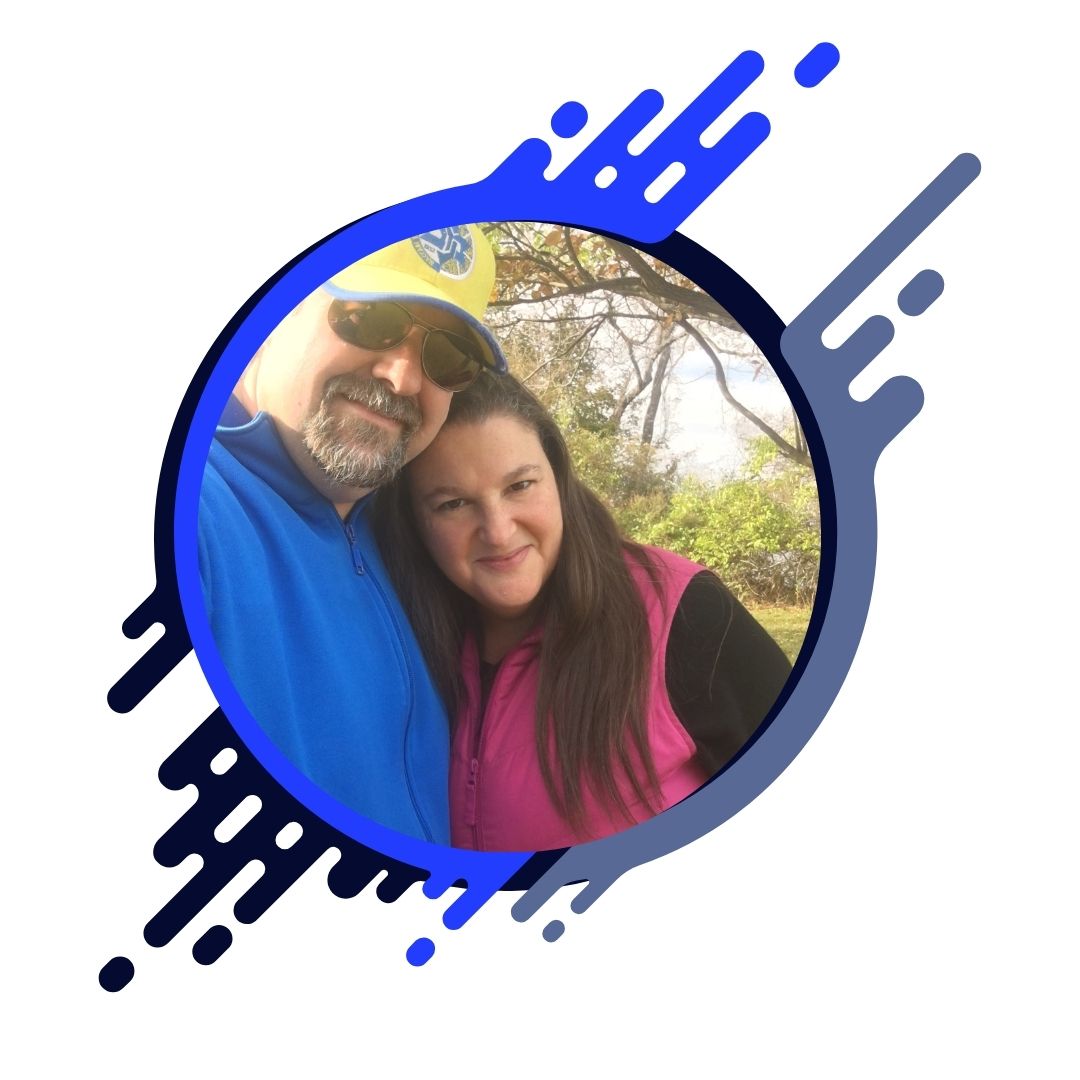
In today’s fast-paced world, many families are seeking solutions to help their children focus better and manage ADHD (Attention Deficit Hyperactivity Disorder). While medication and behavioral therapy have long been the standard treatment options, emerging technologies like neurofeedback offer an exciting, non-invasive alternative. In this blog post, we’ll explore how neurofeedback can improve focus and attention in ADHD and provide guidance on determining whether you or your child may have ADHD.
Understanding ADHD
ADHD is a neurological disorder characterized by symptoms such as inattention, hyperactivity, and impulsivity. While it is commonly diagnosed in childhood, it can persist into adulthood, affecting one’s educational, social, and professional life. Raising awareness about ADHD is crucial since early intervention can significantly impact an individual’s quality of life.
Could You or Your Child Have ADHD?
Determining whether you or your child has ADHD involves a comprehensive evaluation by a healthcare professional. However, certain signs may suggest the need for an assessment:
- Inattention: Difficulty sustaining attention in tasks or play activities, frequent careless mistakes, or easily distracted.
- Hyperactivity: Excessive fidgeting, inability to stay seated, or talking excessively.
- Impulsivity: Interrupting others frequently or difficulty waiting for one’s turn.
If you notice these symptoms, seeking an evaluation from a qualified professional can provide clarity and guidance on the next steps.
What is Neurofeedback?
Neurofeedback is a form of biofeedback that uses real-time displays of brain activity—most commonly electroencephalography (EEG)—to teach self-regulation of brain function. During neurofeedback sessions, individuals learn to alter their brain activity, aiming to improve focus, attention, and emotional regulation over time.
How Neurofeedback Helps Improve Focus and Attention
- Enhancing Brain Regulation: By providing real-time feedback, neurofeedback helps train the brain to function more efficiently, enhancing self-regulation and improving attention.
- Non-Invasive and Drug-Free: Unlike medications that can have side effects, neurofeedback is a non-invasive approach that employs the brain’s natural ability to change and adapt.
- Long-Lasting Effects: Studies suggest that neurofeedback may lead to lasting improvements in attention and focus, with positive effects persisting even after sessions have concluded.
- Personalized Training: Neurofeedback can be tailored to an individual’s specific needs, making it a versatile treatment option for a wide range of attention-related challenges.
Getting Started with Neurofeedback
For those interested in exploring neurofeedback, it’s important to consult with a qualified practitioner who specializes in ADHD and neurofeedback. They can provide an initial assessment, discuss potential benefits, and develop a personalized training plan.
Empowering Your Family
ADHD can pose challenges, but with the right tools and support, individuals and families can thrive. Neurofeedback offers a promising, empowering option for those seeking improvement in focus and attention. By staying informed about ADHD and new treatment options, you can make empowered decisions that enhance the health and well-being of your family.
Conclusion
If you’re considering neurofeedback for yourself or a loved one, remember that each individual’s experience with ADHD is unique. Consulting with healthcare providers and exploring various resources can help you make an informed choice. With awareness and the right support, managing ADHD and improving focus is within reach.
Feel free to reach out to our community for support, insights, and shared experiences. Together, we can raise ADHD awareness and explore innovative solutions for a brighter, more focused future.


0 Comments